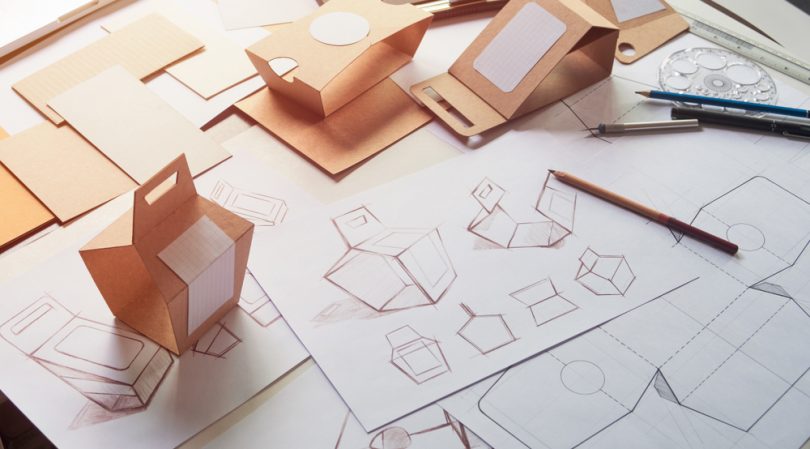If you’re thinking about developing and creating your first ever product, you’re on your way towards establishing your business. However, the same process could also ultimately end up breaking your business as well. Product development is a vital yet delicate concept, with its steps depending on the nature of your business and management style.
There are some more general steps regarding your product development strategy. If you’re just starting out with such a project, read on to find them out!
1. Brainstorming
Before you have a product, you should have a decent idea on board. Ask around for product ideas, especially from employees who regularly deal with clients. Survey your existing customers and search for any gaps in the market your product could fill.
The brainstorming doesn’t end just with the idea, though. You have to examine each potential thought or design. Decide whether it’s financially viable, or even possible. Ponder upon your possible competition to get an idea of where your own product stands in terms of providing an edge to your potential customers.
2. Look Towards Customers
The famous saying ‘if you build it, they will come’ might be inspiring, but does it really apply to your new product? Look at your potential target audience and see whether it’s even worth making a solution easier if your competitors are already fulfilling their need. For instance, is there really a market for garage door opener apps when there’s already a remote control system installed?
You can conduct surveys again to see whether a market for your potential new product even exists, or might exist in the future. You can get a test panel together for the same purpose. This way, you can get some valuable reactions and feedback about your ideas, which you may then shortlist.
3. Getting Creative
When you’re finally sure about a product idea, get ready to roll up your sleeves! It’s now time to let your creativity shine like never before. Throw around your ideas and interact with your team in a positive, productive environment.
You should also keep in mind the market constraints, the budget, and the requirements of your audience. This will provide a suitable framework within which you can unharness your creativity. Once you establish the criteria, move on and retain an open mind.
4. Prototyping
Now that your product idea is in place with all the constraints accounted for, you should develop a quality prototype. If you do your homework and take help from specialized prototyping services like the one mentioned on this website, such a step becomes far easier.
The prototypes can then go to certain carefully chosen customers and partners. Their feedback will help to develop campaign ideas, marketing strategies, and much more. To save on costs, you can opt for a paper prototype or an MVP (Minimum Viable Product).
5. Testing Honestly
With your final product in hand and the feedback looking good, you may now test the market. At this point, you should keep a close eye on how the product sells. You might have to adjust your prices and marketing messages accordingly. You might want to go with a small or soft launch to minimize initial costs.
You may have to decide upon the kind of metrics that you use to measure progress. This could be the number of active users per month or the engagement level online. Whichever one you choose, make sure it’s based on which answer is the most valuable for further development. Vanity metrics might give you good morale but won’t do anything to sustain your product.
6. Evaluate The Data
You should now have some constructive market data on your hands. This is where you slow down and evaluate it. Is your product doing well? Do you need to change something? Is there room for further progress yet?
Your initial hypotheses might have been good enough for now, but the market could demand more. For instance, WhatsApp initially started out as a way to communicate internationally. Now, it’s more focused on providing just about every kind of digital transaction its customers may need. Your product should either move forward like this or undergo scrapping and looping where applicable.
7. Support The Decision
No matter where you’re going with your new product or service, you have to support the decisions you’re making. This includes working it in a manner that stakeholders understand and appreciate. Your focus should be on doing what’s best for the product’s success and staying transparent about this goal with every stakeholder.
If you’re planning to move forward with your product, you should have your funding, marketing funnel, and progress planning on hand. Once you have a prototype, think about how it would become a finished product ready to take over the market. If you have to cut back or repeat some research, be firm in the realization that this would save the company from useless investment. Integrity and sincerity will eventually win out, so there’s no room for losing hope!









